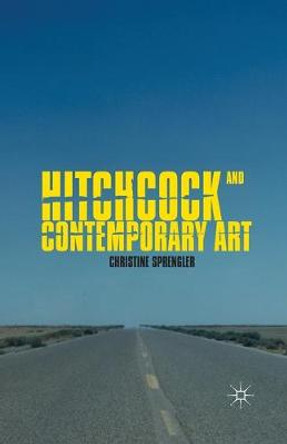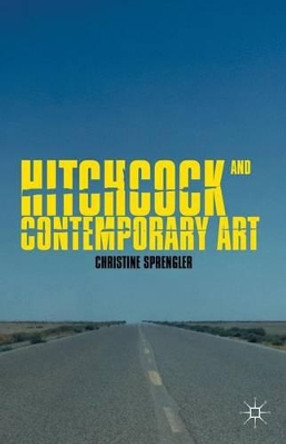The 1950s as a cultural concept has surged with astonishing force over the last half century. Cultural and political investment in the postwar era has been heavily determined by the desires, anxieties, ideologies, and technologies of the contexts in which they surface. In this book author Christine Sprengler explores how contextualizing factors shaped the 1950s in different ways, and how cinematic representations spearheaded, challenged, or intervened in our cultural memories of the era. Fractured Fifties: The Cinematic Periodization and Evolution of a Decade presents a two-pronged argument- that cinema helped define the 1950s by contributing in considerable and meaningful ways to the process of periodization and subsequently a common conception of the decade, and that cinema itself has fractured our understanding of the 1950s. Fractured Fifties challenges a reductive and fairly cohesive set of tropes with a complex amalgam of representations that also intervene in debates about historiography, historicity, cultural memory, mediation, nostalgia, and periodization. Ultimately, Sprengler posits that cinema has complicated our sense of the 1950s, yielding in the process a series of 1950s types or kinds, (e.g., The Leave it to Beaver Fifties, The Jukebox Fifties, and The Cold War Fifties, The Retromediated Fifties) as well as a wealth of critical insights into myriad pasts, presents, and the evolving relationships between them.
About the AuthorChristine Sprengler is Professor of Art History at Western University and the recipient of the Graham and Gale Wright Distinguished Scholar Award. She is the author of Screening Nostalgia and Hitchcock and Contemporary Art, as well as essays on cultural memory and nostalgia, cinematic installation art, and the relationship between cinema and the visual arts. Her current research explores artists' critical interventions in artificial intelligence and machine learning.
Book InformationISBN 9780190067359
Author Christine SprenglerFormat Paperback
Page Count 272
Imprint Oxford University Press IncPublisher Oxford University Press Inc
Weight(grams) 396g
Dimensions(mm) 235mm * 152mm * 15mm














